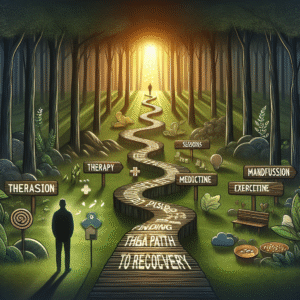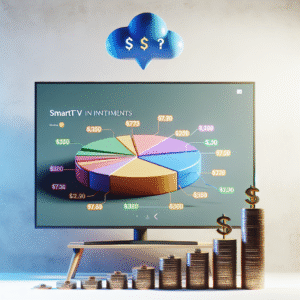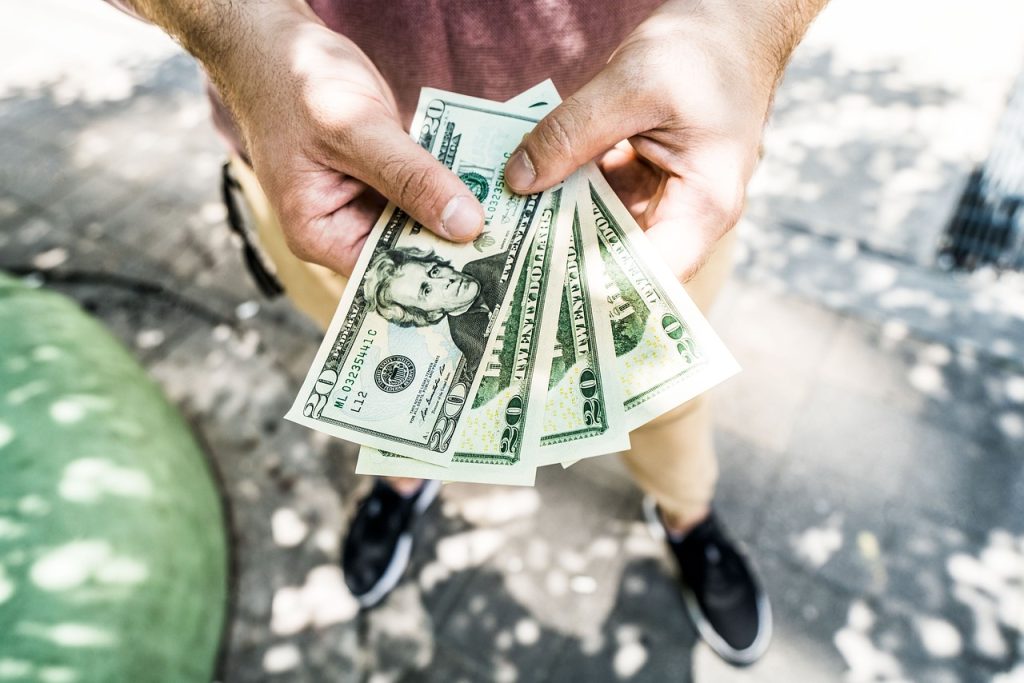We all have that moment: walking out of a store or checking out online, looking at our receipt and thinking, “Why did I just buy all of that?” It’s not always about what we need or even what we want—it’s about how we feel. Our spending habits are closely tied to our emotions, and sometimes, without even realizing it, we shop to cope, to celebrate, to distract, or just to feel something.
Understanding the psychology behind these habits doesn’t mean beating yourself up for the past. It’s about getting curious, recognizing the patterns, and making small shifts so that your money is working for you—not just your feelings at the moment.
Emotions: The Real Driver Behind Many Purchases
Despite what we tell ourselves, most spending isn’t purely logical. Yes, we need to buy groceries and pay rent. But what about that fourth pair of sneakers, or the fancy kitchen gadget that’s still in its box? That’s where emotions come in. Sometimes we shop because we’re genuinely excited, other times because we’re stressed, bored, or just trying to feel better for a few minutes.
And it does work, temporarily. Making a purchase can give us a little dopamine rush, that feel-good chemical in our brains. But just like a sugar high, it wears off fast. Then we’re left with the same emotions, plus a smaller bank balance.
What Triggers Emotional Spending?
Let’s talk about some of the most common emotional triggers—and why they’re so sneaky.
1. Stress
When you’re feeling overwhelmed, your brain starts looking for something to make you feel better—anything. Buying something new feels like a quick win. It’s a little piece of control in the middle of chaos. But relief from shopping is short-lived and often followed by regret.
2. Boredom
Ever scrolled through an online store just because you had nothing better to do? You’re not alone. When we’re bored, shopping can feel like a form of entertainment. It fills time and gives us something to look forward to. But this can quickly turn into a habit that empties our wallets without adding much real joy.
3. Loneliness
Shopping can feel oddly comforting when you’re lonely. Whether it’s being in a busy store or just interacting with a customer service chatbot online, the act of buying can temporarily soothe that feeling of isolation. But of course, it doesn’t actually fix the root problem.
4. Comparison
Social media makes it incredibly easy to compare ourselves to others. Seeing someone post about their new car, vacation, or designer shoes can trigger a feeling of not being enough. We don’t just want what they have—we want to feel how they seem to feel. So we buy in hopes of closing that gap.
5. Celebration
Not all emotional spending is negative. Sometimes, we treat ourselves when we’re happy. Got a raise? Bought a new outfit. Finished a big project? Dinner out. It’s totally normal to want to mark the moment—but if celebrating always means spending, it can add up fast.
The Marketing Machine
Let’s not forget: retailers know exactly how to push our emotional buttons. Stores are designed to make you spend—think lighting, music, scents, “limited time only” signs. Online, it’s even more personalized. Algorithms learn what you like, what you click on, and how to keep you coming back.
The more aware you are of these tactics, the easier it is to pause and ask yourself: Do I really want this—or am I just being sold a feeling?
What You Can Do to Take Back Control
You don’t have to stop spending money altogether. It’s not about guilt or restriction—it’s about mindfulness. Here are some real-world ways to get a better handle on emotional spending:
1. Notice the Pattern
Try keeping a spending journal for a couple of weeks. Jot down what you bought, how much it cost, and how you felt before and after. Patterns will start to pop up: maybe you always shop late at night, or when you’ve had a tough day. The goal isn’t to judge—just to notice.
2. Delay the Purchase
A simple rule that works wonders: wait 24 hours before buying anything non-essential. Often, the urge passes. If you still really want it the next day, go for it—but chances are, you won’t.
3. Make a “Fun Money” Budget
Depriving yourself completely doesn’t usually work. Instead, set aside a small monthly budget just for guilt-free spending. Knowing you have a limit can help you enjoy the purchase more without that sinking feeling later.
4. Find a Better Outlet
If you usually shop when you’re stressed or down, try replacing the habit with something else—go for a walk, journal, call a friend, or even take a few deep breaths. It might feel awkward at first, but over time, your brain will start to look for healthier ways to cope.
5. Declutter
Sounds counterintuitive, but getting rid of stuff can actually reduce the urge to buy more. When you clear out what you don’t use or need, you’re reminded of how much you already have. Plus, it just feels good.
6. Curate Your Feeds
Unfollow accounts that constantly push products or make you feel like you’re not doing enough. Follow creators who talk about budgeting, minimalism, or self-care without spending. What you see every day shapes your mindset more than you think.
7. Practice Gratitude
It doesn’t have to be a big ritual. Just take a moment each day to think about a few things you’re grateful for. It sounds cliché, but it really does shift your focus from what’s missing to what’s already here.
When It’s Deeper Than Just Spending
Sometimes, emotional spending is tied to deeper issues—like chronic anxiety, depression, or past trauma. If it feels out of control or you’re constantly anxious about money, it might help to talk to a therapist or financial counselor. There’s absolutely no shame in that.
Money isn’t just math. It’s emotions, memories, habits, and identity all wrapped up in a dollar sign. The more we understand the emotional side of spending, the more power we have to make choices that actually support our lives—not just our moods in the moment.






